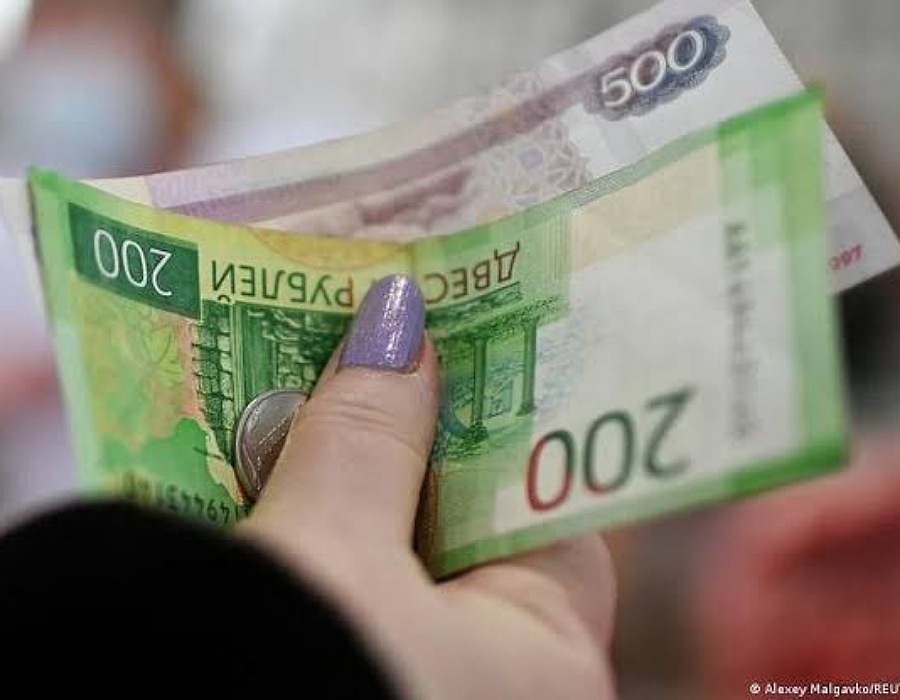Russian pushback to harsh sanctions has borne fruits, with the currency now stronger than it was on the day of the invasion of Ukraine.
The ruble had earlier plummeted to a record low of 138 rubles per dollar as a result of Western sanctions, bringing back memories of the currency’s battering during the 1998 Russian financial crisis. Nonetheless, Russia’s financial resilience has been demonstrated, as the country’s currency has outperformed its value before the invasion of Ukraine.
On Feb. 24, the first day of the invasion, the ruble traded at 81 rubles per dollar. At the time of writing this article, the ruble is currently trading at 78 rubles per dollar.
Read: Bitcoin slams $44k as Russia considers selling its oil and gas in crypto
Why the ruble is rising
- The Russian central bank went into firefighting gear to save the ruble as the currency plummeted as a result of the invasion and subsequent Western sanctions.
- The central bank raised the country’s primary interest rate to 20%, limited local firms access to foreign currency, and imposed restrictions on foreign currency withdrawals. It also took steps to prevent funds from leaving the country, such as prohibiting foreign investors from selling Russian stocks and bonds.
- When Russian President, Vladimir Putin requested that “unfriendly” countries pay for Russian gas in rubles rather than euros or dollars, the ruble received another huge boost.
- Putin, on the other hand, backed down from his initial position and now allows international buyers to pay in foreign currency if they open special accounts with Russia’s Gazprom Bank, which would convert the payments into rubles.
Read: Why Russia can’t evade sanctions with crypto
What you should know
What’s become clear is that, despite an incredibly broad package of sanctions against Russia’s government and oligarchs, as well as an exodus of foreign businesses, the actions are largely ineffective if foreign nationals continue to consume Russian oil and natural gas, bolstering the ruble.
At the time of writing, the ruble had gained 75% against the US dollar in the past month, and was 6% away from reaching YTD levels. Despite the current rally, the ruble’s long-term prospects appear to be bleak.
Due to the obvious sanctions, ruble trading volumes have dried up, and currency speculators are wary of dealing in the currency. As a result, the present market price of the ruble is decided by considerably fewer transactions than typical, raising a cause for alarm, particularly in the long term.
